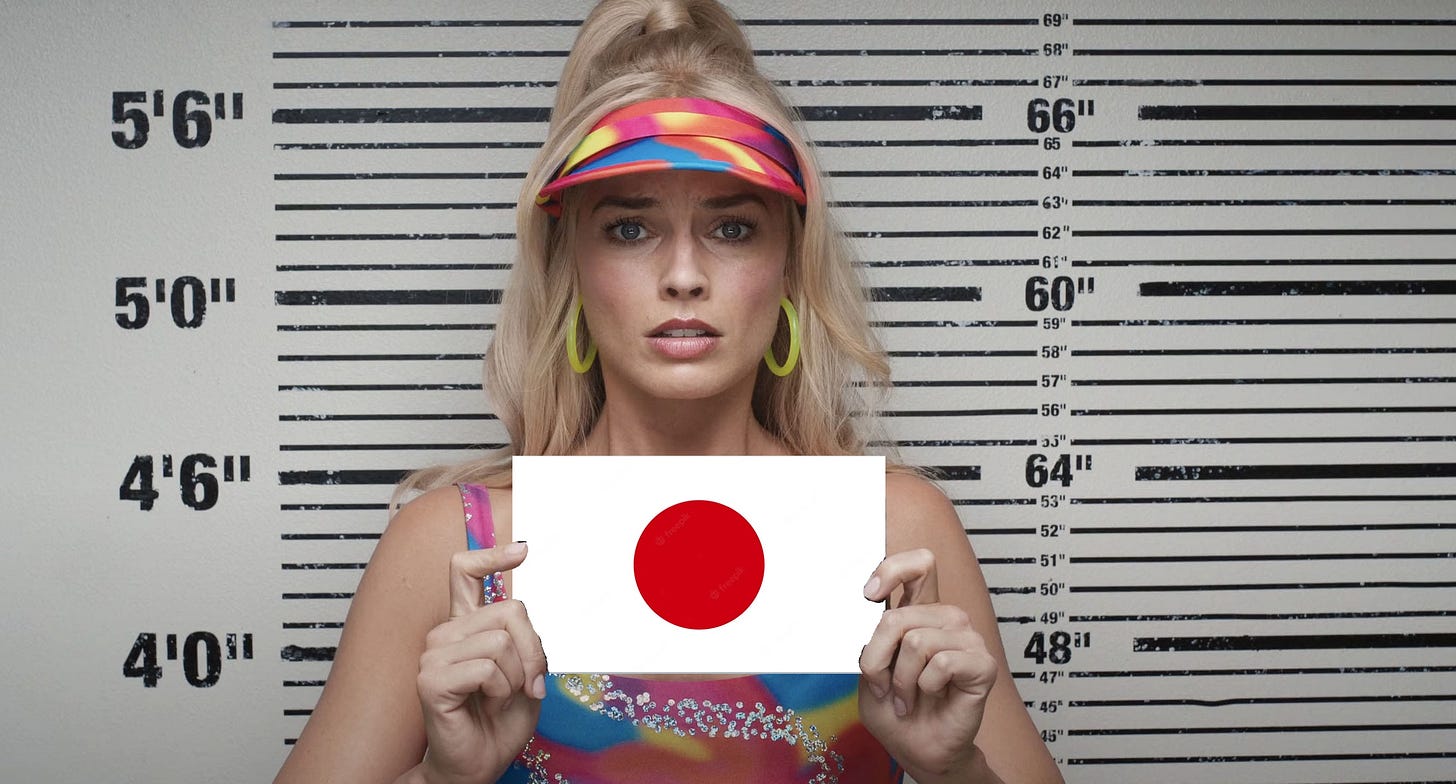An American Icon, Made in Japan
Barbie has a secret: she may have been dreamed up in the US, but she came to life in a Tokyo hotel room.
The Barbie doll is inextricably associated with ideals of fashion and femininity in modern society. She’s “both a relic from another era, and a bellwether of changing ideas about women and work, sex, and men,” as the The New Yorker once put it. In other words, she’s a character as American as apple pie.
So you might be surprised to learn that she was, in…




